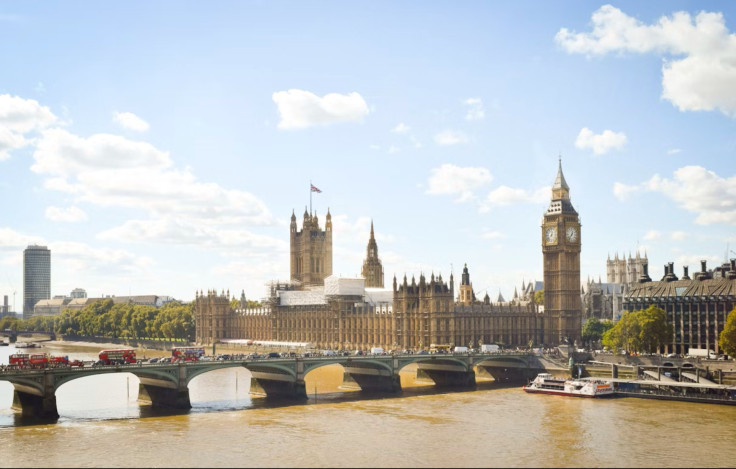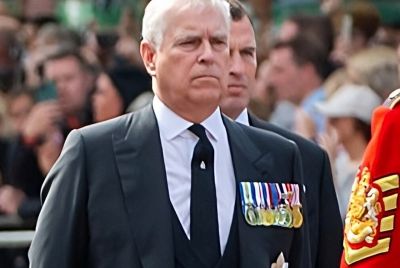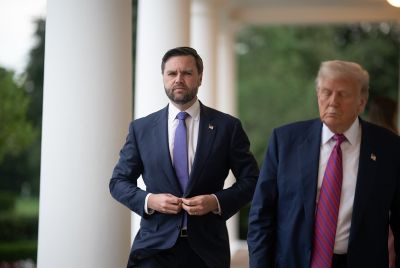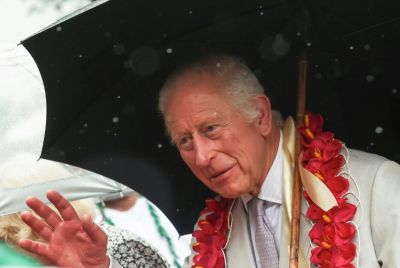Westminster Bridge Closed During Monday Rush Hour: What Really Happened
Police closed Westminster Bridge during Monday rush hour for a mental health incident, causing major travel disruption.

Londoners started their Monday morning with unexpected disruption after Westminster Bridge, one of the city's busiest crossings, was suddenly sealed off by police earlier today.
By sunrise, cordons stretched across the landmark bridge, ambulances were parked in the centre of the road, and buses were diverted, leaving commuters scrambling for alternative routes. For a brief moment, one of the capital's most iconic thoroughfares was eerily empty, sparking confusion and speculation.
The Metropolitan Police later confirmed that the closure was linked to a mental health matter, not to terrorism or violent crime. Officers stressed that there was no wider threat to the public.
Why Was Westminster Bridge Closed?
Police said they were called shortly before 2 a.m. to reports of a person in distress on the bridge. Emergency services quickly responded, including ambulance crews and the London Ambulance Service's hazardous area response team.
Officers confirmed that no injuries were reported. A spokesperson said the bridge was closed as a precaution to give emergency teams the space they needed to handle the situation safely.
What Did the Scene Look Like?
During the height of the morning rush, images from Westminster Bridge showed police tape blocking access in both directions. Two ambulances were stationed in the middle of the bridge, while officers were seen speaking with pedestrians and drivers.
The AA reported that at least 12 bus routes were diverted, although traffic overall was described as 'coping well'. Still, for many travellers, the disruption added to an already difficult commute.
Wider Travel Chaos
The bridge closure was only one part of a challenging day for commuters. In Essex, services from Colchester to London Liverpool Street faced delays of up to 90 minutes after a person was struck by a train near Hatfield Peverel.
Inside the capital, technical problems compounded the misery. A points failure at Whitechapel caused severe delays on the Circle, District and Hammersmith & City lines, while a signal failure at Harlesden led to a partial suspension of the Bakerloo line.
According to Travel and Tour World, the combination of rail delays, underground faults, and the sudden closure of Westminster Bridge created ripple effects across London's already strained transport system.
Emergency Services Response
The London Ambulance Service confirmed it received a call at 1:57 a.m. 'We sent resources to the scene, including ambulance crews, incident response officers and paramedics from our hazardous area response team.
A small number of resources remain on standby and we are working with our emergency services partners,' a spokesperson said.
Their coordinated response with the Metropolitan Police ensured the incident was handled quickly and without risk to the wider public.
When Will Travel Return to Normal?
By midday today, police had begun lifting parts of the cordon and allowing traffic back onto Westminster Bridge. However, bus diversions and patchy service continued into the afternoon. Transport for London (TfL) urged commuters to check live updates before travelling, warning that underground and rail delays were still ongoing.
A Day of Disruption, But No Danger to the Public
Today's closure of Westminster Bridge served as a reminder of how quickly London's transport network can be thrown into chaos. A single incident, even one involving no crime or violence, can ripple across bus routes, rail services and underground lines in a matter of hours.
Officials emphasised that while the disruption was significant, there was never any wider risk to the public. For many, it was a disruptive start to the week—but also a testament to the rapid work of emergency services in protecting lives during moments of crisis.
© Copyright IBTimes 2025. All rights reserved.





















